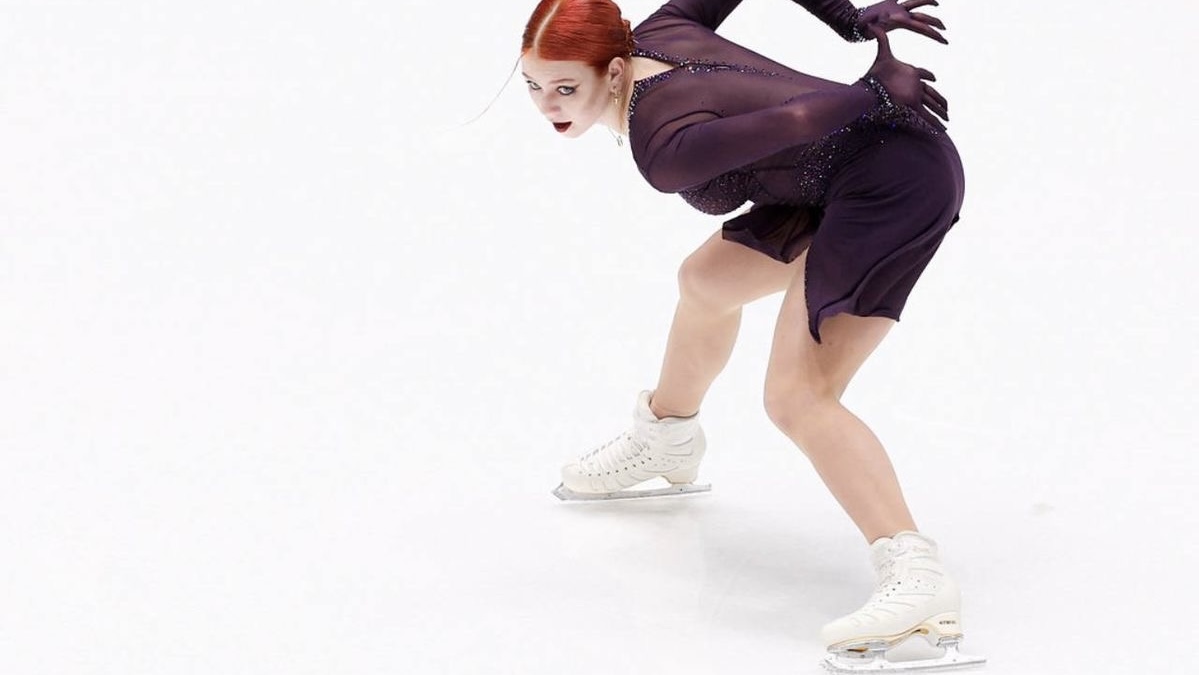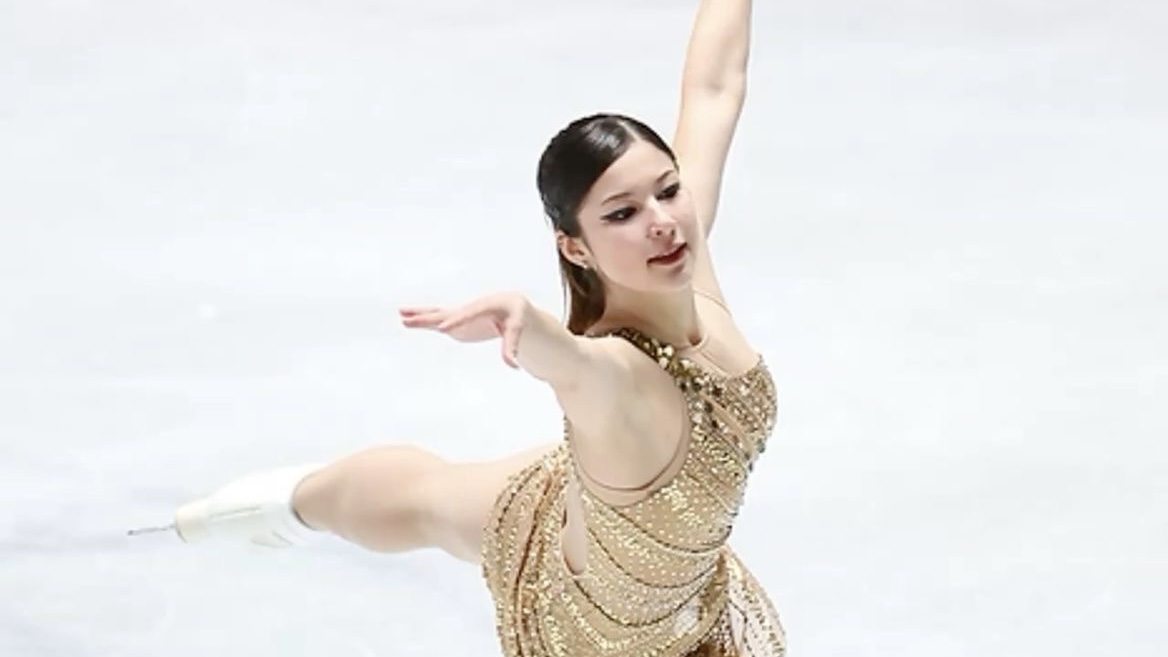January 15, 2025
Alexandra Trusova Expecting a Child
April 07, 2025

Ballet dancers defy gravity with every leap and pirouette, blending artistry with athleticism in a way that demands both strength and a lean physique. Achieving this balance—power without added bulk—hinges on smart nutrition. Unlike sports that prize muscle mass, ballet requires dancers to fuel endurance, repair tissue, and maintain a slender frame that aligns with its aesthetic tradition. Here’s how dancers can eat to optimize performance while keeping their lines long and light, backed by science and expert insights.
“Ballet is about strength disguised as grace,” says Misty Copeland, principal dancer with the American Ballet Theatre. The physical demands are relentless: hours of rehearsal, explosive jumps, and sustained poses like arabesques strain muscles and joints. Yet, the art form’s aesthetic often calls for a slim silhouette, leaving little room for excess weight. The goal? Build lean muscle and stamina without bulking up—a nutritional tightrope.
Science underscores the stakes. A 2021 Journal of Dance Medicine & Science study found that ballet dancers expend 400-600 calories per hour in class or rehearsal, rivaling high-intensity sports. But unlike sprinters or weightlifters, they can’t pile on protein shakes or carb-heavy meals without risking unwanted mass. Instead, they need a tailored diet that prioritizes efficiency—delivering energy and recovery in compact, nutrient-dense packages.
Protein is non-negotiable for repairing microtears in muscles after a grueling pas de deux. “You need enough to recover, but not so much you bulk,” says nutritionist Marie Scioscia, who works with dancers at The School of American Ballet. The sweet spot for ballet dancers is 1.2-1.6 grams of protein per kilogram of body weight daily—higher than the average person (0.8 g/kg) but lower than bodybuilders (2 g/kg+). For a 50 kg (110 lb) dancer, that’s 60-80 grams, spread across meals.
Opt for lean sources: grilled chicken, fish like salmon (rich in omega-3s for joint health), eggs, or plant-based picks like lentils and tofu. A 2020 Nutrients study showed that spacing protein intake—20-25 grams per meal—maximizes muscle protein synthesis without overloading the system, keeping dancers strong yet streamlined. Pair an egg-white omelet with spinach at breakfast or a small salmon fillet with quinoa post-rehearsal.
Carbohydrates are the jet fuel for ballet’s nonstop demands. “Carbs keep your energy steady so you don’t crash mid-performance,” says Royal Ballet dancer Francesca Hayward. They replenish glycogen—muscle’s energy stores—depleted by hours on pointe. Aim for 4-6 grams per kilogram of body weight daily (200-300 grams for a 50 kg dancer), favoring complex carbs that release energy slowly.
Sweet potatoes, brown rice, and oats deliver sustained power without spiking blood sugar. A 2019 Sports Medicine study found that dancers who ate 50-60% of their calories from carbs improved endurance by 15% compared to low-carb diets, crucial for nailing a 32-fouetté sequence. Timing matters: a banana or handful of berries 30 minutes pre-class gives a quick boost; a quinoa bowl post-rehearsal restocks glycogen fast.
Healthy fats support joint flexibility and brain function—vital for memorizing choreography. “Fats are dense energy, but you don’t need much,” Scioscia says. Aim for 20-25% of daily calories from fats, focusing on unsaturated sources like avocados, nuts, and olive oil. A tablespoon of almond butter or half an avocado keeps you satiated without weighing you down.
Omega-3s, found in walnuts and fatty fish, reduce inflammation—a boon for overworked tendons. A 2022 Journal of the International Society of Sports Nutrition study showed that 2-3 grams of omega-3s daily cut muscle soreness by 20%, speeding recovery. Sip a chia seed smoothie or drizzle flaxseed oil on a salad for a dancer-friendly dose.
Vitamins and minerals fine-tune performance. Calcium and vitamin D (from dairy or fortified almond milk) strengthen bones against stress fractures—dancers’ nemesis. A 2021 Bone study linked 1,200 mg of calcium and 800 IU of vitamin D daily to a 25% lower fracture risk. Magnesium, in leafy greens and almonds, aids muscle relaxation, while iron (lean meats, spinach) fights fatigue by carrying oxygen to muscles.
Hydration is just as critical. “Dehydration kills your lines and stamina,” Hayward warns. Aim for 2-3 liters of water daily, more during intense rehearsals, and add electrolytes (coconut water or a pinch of salt) to replace what’s lost in sweat.
To stay lean, dancers must sidestep calorie overload. “It’s about density, not volume,” Scioscia explains. Skip sugary snacks or oversized portions—100 extra calories daily can add a pound in a month. A 2020 Nutrition Reviews study found that frequent, small meals (4-5 daily) stabilize energy and prevent fat gain better than three big ones. Think a handful of nuts over a muffin, or Greek yogurt instead of ice cream.
Caffeine can help—100-200 mg (a cup of coffee) pre-class boosts focus and power, per a 2019 Journal of Strength & Conditioning Research study—but don’t overdo it; jitters ruin precision.
Here’s a sample:
Total: ~90g protein, 160g carbs, 48g fat—around 1,600-1,800 calories, perfect for a 50 kg dancer’s needs.
Nutrition for ballet dancers is a balancing act—fueling strength and stamina without sacrificing the lithe form the stage demands. Lean proteins rebuild, complex carbs energize, and smart fats protect, all in portions that keep bulk at bay. Science proves it’s not about eating less, but eating right: dense, timely nutrients turn grueling rehearsals into graceful triumphs. For dancers, every bite is a step toward power without pounds—because in ballet, strength is beauty, redefined.
By Vitalina Andrushchenko, Staff Writer

January 15, 2025
Alexandra Trusova Expecting a Child

December 26, 2024
2025 World Junior Championship Schedule

February 14, 2025
Alysa Liu Shares Why She Came Back: A Passion Reignited